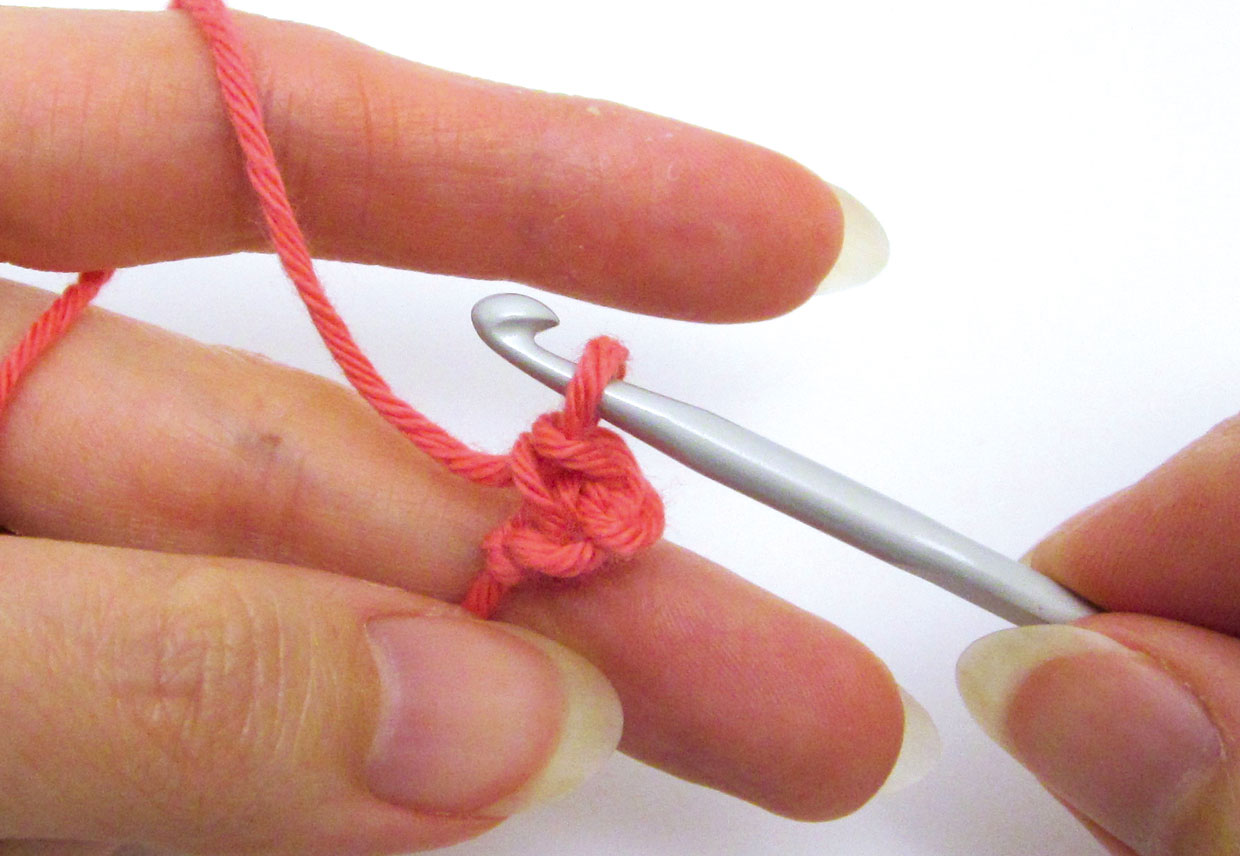A wonderfully versatile stitch, the Solomon’s knot crochet stitch is simple enough even for complete crochet beginners and creates a pretty, lacy fabric that’s perfect for shawls, throws and a host of other accessories and homewares. Usually abbreviated in patterns as ‘SK’, this vintage stitch is also sometimes called lover’s knot, hail stone, knot stitch and crochet love knot.
Each Solomon’s knot crochet stitch has two parts: an elongated loop of yarn, and a ‘knot’ at the end of the loop that’s similar to a double crochet stitch. The loop part can be whatever length you like, although a pattern should always tell you how long to work the loop. The knot section secures the loop at the length you’ve made it and provides a solid stitch that you can work into on your next row.
After an initial base row, you join alternate knots together using double crochet stitches to form the airy Solomons knot mesh. This makes it very fast to form the fabric, filled with pretty loops of yarn – perfect for that extra special skein that’s been waiting in your yarn stash. In this tutorial Becky Skuse explains just what to do, and then you can put your newfound Solomon’s knot skills into practice with this Free Solomon's knot crochet shawl pattern!
How to do Solomons knot crochet stitch
Mastering the basics of Solomon’s knot.
It’s very simple to start working Solomon’s knot, using any yarn and a suitable hook. Try starting by using a DK yarn and a 4mm hook and keep your tension fairly loose.




















